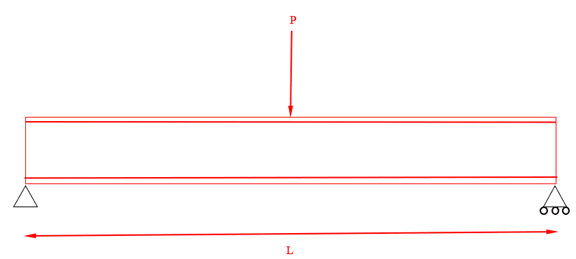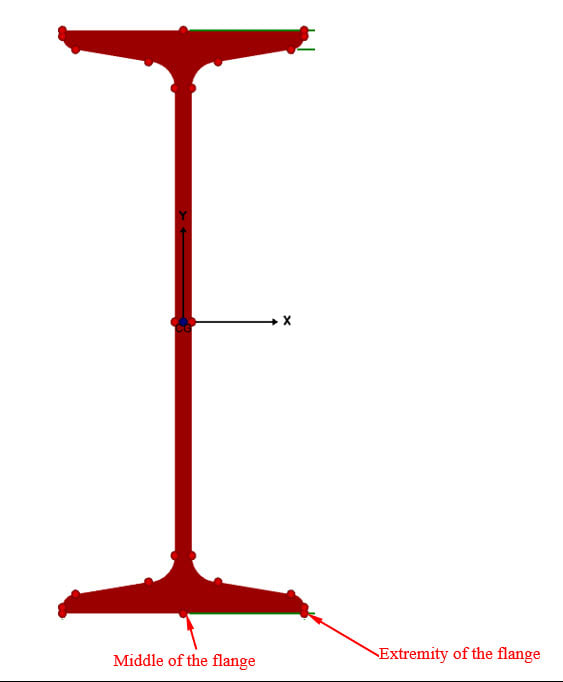Eigenvalue4
Structural
Hi,
There is a situation where there is a carbon steel S-beam in bending. There is a vertical load in the middle of the length of the beam. Thus, the beam is in bending. The beam has a low ductility but has no cracks.

If a crack appears, what is the most likely place where it will appear on the bottom flange? Will it be most likely at the extremity of the bottom flange or in the middle of the bottom flange? The flanges of S-beams are tapered.

There is a situation where there is a carbon steel S-beam in bending. There is a vertical load in the middle of the length of the beam. Thus, the beam is in bending. The beam has a low ductility but has no cracks.

If a crack appears, what is the most likely place where it will appear on the bottom flange? Will it be most likely at the extremity of the bottom flange or in the middle of the bottom flange? The flanges of S-beams are tapered.

